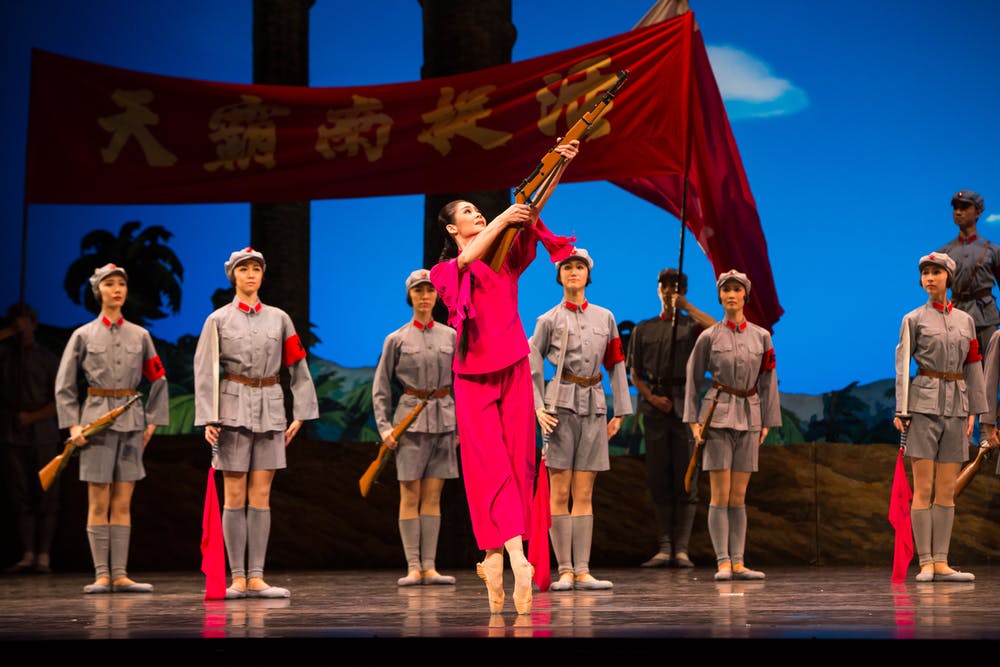We begin with the Xinhai Revolution (1911) when China ceased to be a monarchy and became a republic. In this section, the focus is on works that give contexts to the term “revolution”, meaning breaking away from cultural traditions in which Chinese national identity was rooted; the luminaries of the republican era include Sun Yat-sen, Mao Zedong, Hu Shi, Chen Duxiu, Lu Xun, Zhou Zuoren, Shen Congwen, Ba Jin, and Lao She. They represent Chinese conservatism and liberalism a century ago when the ideas of Enlightenment thinkers as Georg Wilhelm Friedrich Hegel and Karl Marx were germinating in China. “The central conservative truth is that it is culture, not politics, that determines the success of a society. The central liberal truth is that politics can change a culture and save it from itself.” (Daniel Moynihan).
Key texts of the May Fourth (1919) generation show ambivalence toward both modernity and tradition as they revolve around cultural differences, perceived and actual. That profound ambivalence is found in Lu Xun’s Madman’s Diary, Regret for the Past and True Story of Ah Q; Ba JIn’s novel Family to declare war on Confucian humanism, and also works by Shen Congwen (XiaoXiao), Lao She (Black Li and White Li, and Soul-slaying Spear). Chinese modernity is translated in these literary works, thanks to the progressive narrative of Western history used to interpret Chinese social realities.
Chinese realism is the most important vehicle for Marxism and socialism from the West; Left-wing realist writers such as Mao Dun (The Family Shop of Mr. Lin, and Spring silkworms), Ding Ling (When I Was in Hsia Village) and filmmaker Cai Chusheng (New Women), make social reality comprehensible through the lens of class struggle. These texts of social realism offer accounts of social change as revolts against injustice; the communist revolution that they supported was joined by such internationalists as Sydney Rittenberg, Israel Epstein, Edgar Snow, William Hinton, Norman Bethume who worked hard to enable China’s transition and transformation into a socialist state.
The triumph of communism in 1949 is amply elaborated in such Red Classics as White Haired Girl, and Red Detachment of Women, Lei Feng, and Breaking with Old Ideas. These works of Maoist cinema lend expression to a communist triumphalism that legitimates the rule by the CPC as the party for democracy, justice and equality. They chronicle the key events of high socialism and the Cultural Revolution in China (1949-76). The new national identity to emerge from these fictional texts is inscribed with the language of Marxism and Maoism, endorsed worldwide by such Left-wing intellectuals in the West as Louis Althusser, Alain Badiou, Jean-Pual Sartre and Fredric Jameson.
The ethos of post-Mao and post-socialist China (1979-present) can be readily found in literary and filmic works produced since the death of Mao and Deng: Hibiscus Town, Blue Kite, Half Man Is Woman, The Execution of Mayor Yin, The Scar, Peacock, To Live, Coming Home, and Love Must Not Be Forgotten. These are mostly historical works, along with biographies of such individuals as Yu Luoke, Lin Zhao, and Zhang Zhixin who fell victims of Mao’s revolutionary excess during the Cultural Revolution; they constitute countervailing arguments and reveal the diabolic side of communist modernity; Chinese humanity is redefined when Mao’s Cultural Revolution is called into question.
The course ends where China has been in the past 40 years as elaborated in literary and film works devoted to post-Deng economic reform and opening. These works share in common a nostalgia for the (revolutionary) past on the part of the New Left who use Marxian critique of capitalism as a lens for China’s transformation responsible for growing inequality in distribution of social wealth. They also stage a political debate about state capitalism, between the neoliberals (Hayek economics) for the laissez-fair of a market economy on the one hand, and the Left (Keynes economics) for a socialist planning by the government to limit individual freedom on the other.
Truth and Method
These historical “periods” hang together by a questionable narrative or chronology that is by no means above dispute. They may collapse or grow more coherent as China continues as its own myth. The final project is where you weigh in and develop a handle to Chinese history. Your identity is at stake when you interpret and analyze the works by the historians, politicians, filmmakers and literary writers we have read. Your take on these manuscripts attests to who you are as a free thinker, able to relate to events cross space and time.
A critical spirit is essential in this class, the course welcomes individual originality and ownership, by which I mean, “The great events of world history are, at bottom, profoundly unimportant. In the final analysis, the essential thing is the life of the individual. This alone makes history, here alone do the great transformations first take place, and the whole future, the whole history of the world, ultimately spring as a gigantic summation from these hidden sources in individuals. In our most private and most subjective lives, we are not only the passive witnesses of our age and its sufferers, but also its makers. We make our own epoch.” (Carl Jung) I encourage new approaches to learning and will accommodate and work with any initiative or creative project that engage the materials. (Oral histories, translation of Chinese material, international Bolshevik movements, interviews or surveys, or even logistics like locating films online with English subtitles assigned in this class). Through these activities, you come to own this class.
